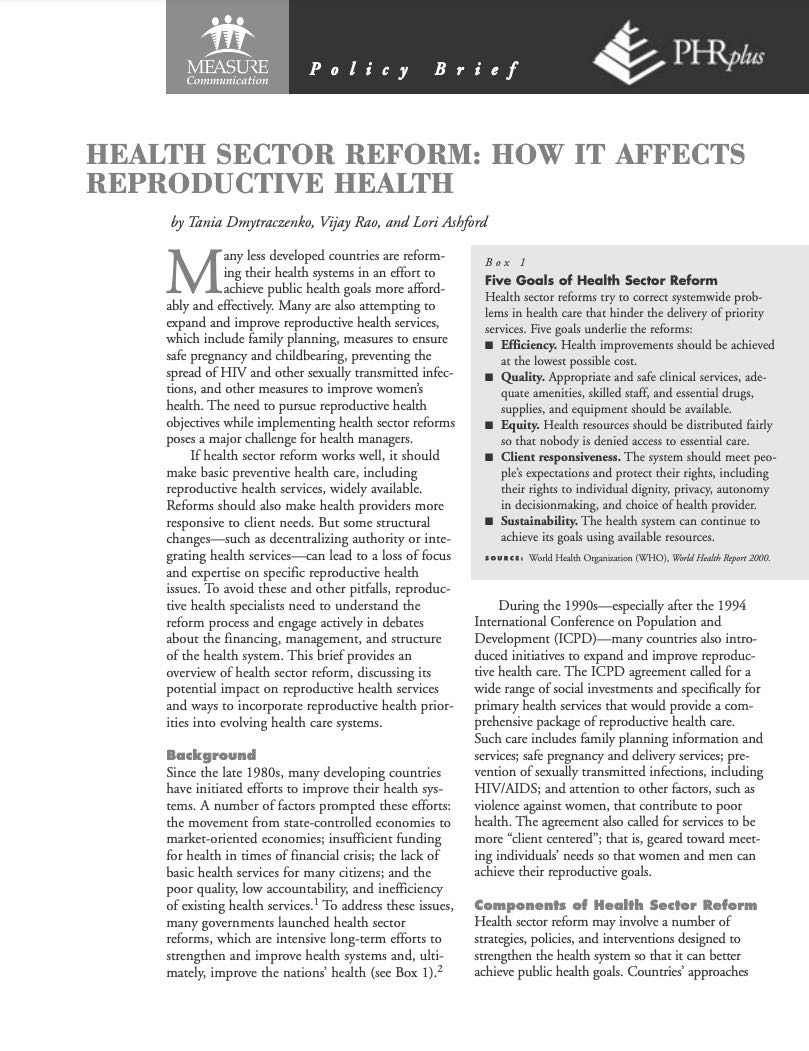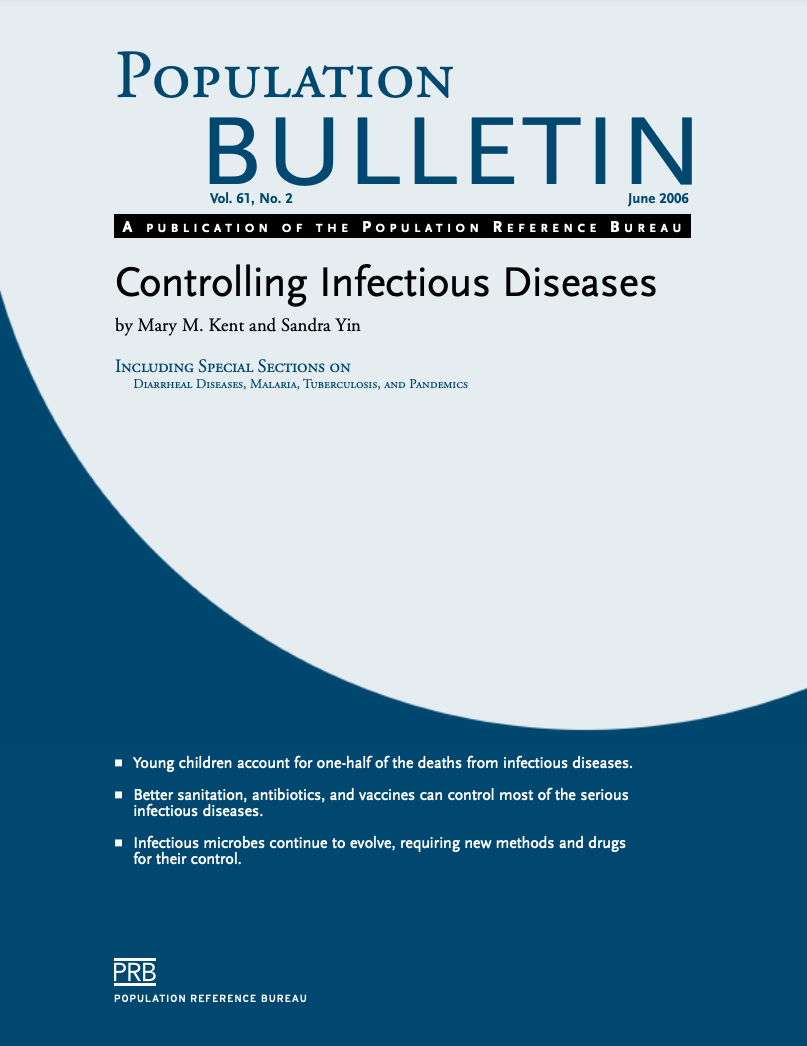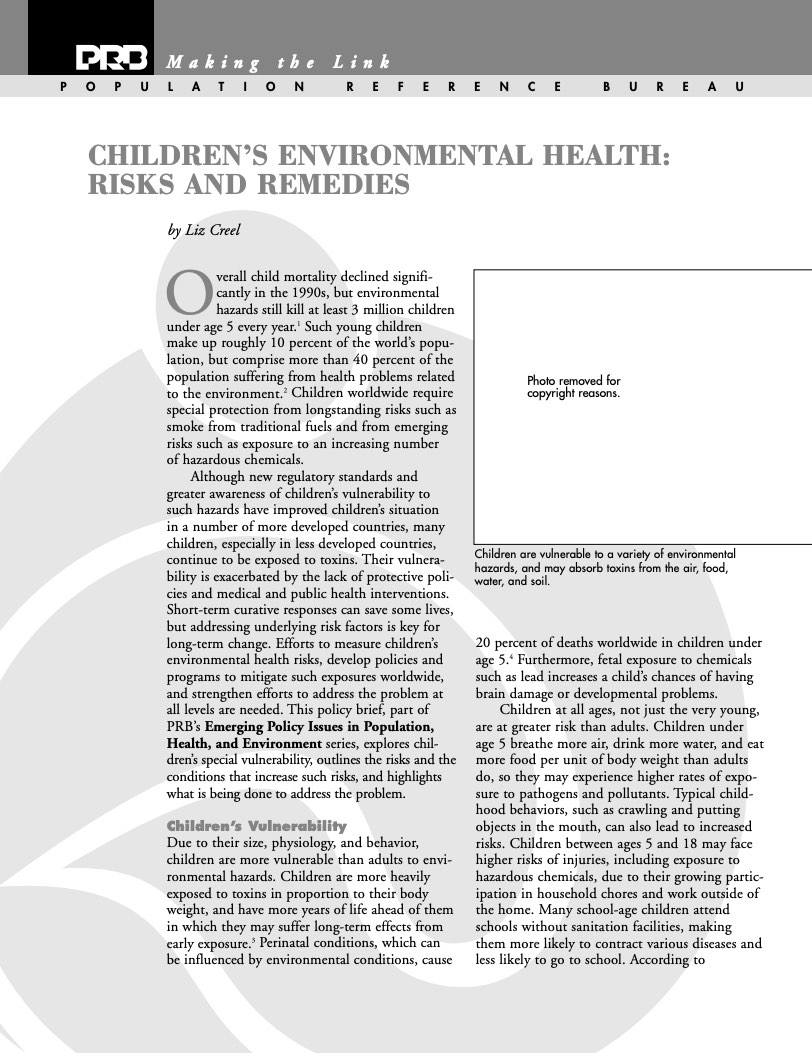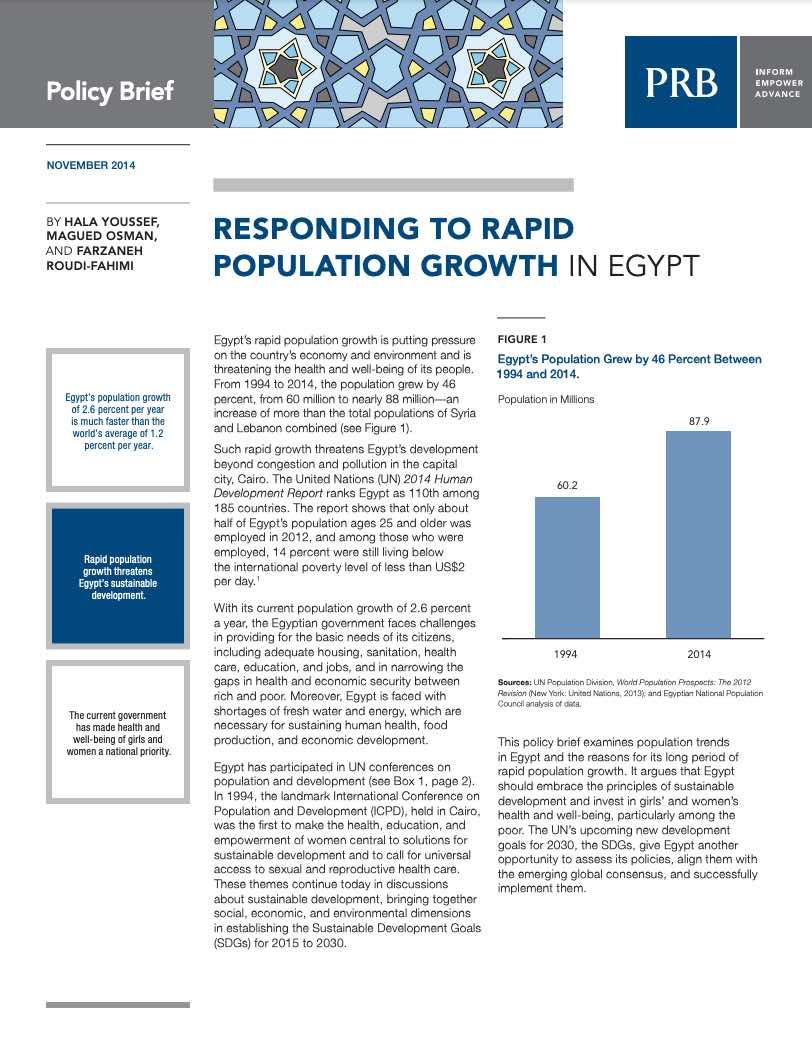607 Search Results Found For : "Дизайн Человека Виктория Джем Рейтинговый Эксперт Дизайн Человека Human Design metahd.ru"
The Growing Color Divide in U.S. Infant Mortality
How one fares in the United States has been characterized by a racial division that begins at birth with disparities in health care.

Health Sector Reform: How It Affects Reproductive Health

Controlling Infectious Diseases

Children’s Environmental Health: Risks and Remedies
(2002) Overall child mortality declined significantly in the 1990s, but environmental hazards still kill at least 3 million children under age 5 every year.1 Such young children make up roughly 10 percent of the world's population, but comprise more than 40 percent of the population suffering from health problems related to the environment.2

Responding to Rapid Population Growth in Egypt
(November 2014) Egypt's rapid population growth is putting pressure on the country's economy and environment and is threatening the health and well-being of its people.
In U.S., Proportion Married at Lowest Recorded Levels
(2010) Marriage rates have dropped precipitously among young adults ages 25 to 34 during the past decade and the decline has accelerated since the onset of the recession, according to PRB’s analysis of new data from the U.S. Census Bureau’s 2009 American Community Survey (ACS) and 2010 Current Population Survey (CPS).

